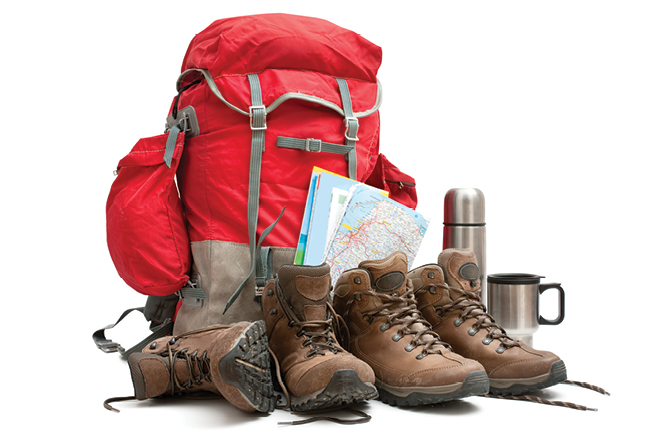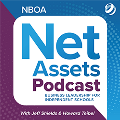Article by Barbara Whitney, Crossroads School for Arts & Sciences
The Risk Management Committee at Crossroads School for Arts & Sciences was born out of tragedy. Our vibrant and varied outdoor education program (Environmental Outdoor Education program, or EOE) — one of our founding commitments in 1971 — suffered a major shock in 1995 when a 9th-grade student died in a fall on a cross-country ski trip in Sequoia National Park. While the school was exonerated from negligence in the accident, a major examination of policies and procedures followed, and the committee was established. The school’s board of trustees mandated that the group include representatives from many different constituencies: the board, senior administration, parents, outdoor education staff and faculty.
More than 20 years later, our RMC is functional, focused and stronger than ever. Its focus is outdoor trips; for now, we do not review international outings. Its composition includes 14 people: the assistant head of school, a board member, three parents (one from each of our three divisions), a faculty member from each division, our three outdoor education faculty members, the director of facilities (who also oversees transportation and security), our insurance broker and me, director of finance and operations. In addition, two outside medical advisors review our field medical kits and are on call for issues that may occur in the field, such as participants’ medical conditions, or epinephrine auto-injectors, inhalers and prescriptions.

The RMC meets after school four times a year and is chaired this year by a parent who is very experienced in outdoor activities. The EOE staff prepares the agenda, which typically begins with a detailed review of each recent trip and a focus on any accidents, incidents, what staff call “near misses” or student behavioral issues. Next, we review plans for upcoming trips, including a detailed review of new locations or significant changes in format, length or outfitting companies. We also discuss weather conditions and potential last-minute staffing adjustments, including cancellations. These factors are particularly relevant for kayaking, whitewater rafting and snow-related activities, but they can affect any trip at any time.
Frequent topics of discussion include transportation (vehicles, drivers, road conditions), communication (satellite phones where needed, campus check-ins at prearranged times), and contingency plans for possibilities such as illness or the need for a student to return home. Any discussion of an actual event can become a tabletop discussion for future contingencies. In each case, the analysis is instructive, enlightening and supportive of our EOE staff and others in the field who may have to make decisions in the moment.
We do not use blanket waivers. Instead, we generally require both parents to sign a specific waiver for each trip, modified as needed to provide as much information as possible about the activities and risks involved.
We do not use blanket waivers. Instead, we generally require both parents to sign a specific waiver for each trip, modified as needed to provide as much information as possible about the activities and risks involved. We also brief parents through in-person meetings and online presentations. One factor we discuss a great deal is prescription medication. Undisclosed medication changes have had medical consequences, so we tightened up our language involving all overnight trips. Parents know they must fully disclose any medication information and avoid dosage modifications immediately before or during trips.
All of us in schools complain about too many meetings, and I confess that another one at the end of the day can seem exhausting. But I think I speak for the entire RMC group when I say that we all learn a lot from our participation. Mutual respect governs our proceedings and contributes to the group sense of this being an important and valued endeavor. The RMC continually looks to balance best practices and risk reduction with common sense, all the while remembering that our priority is the student experience. It really doesn’t get much better than that, and I feel privileged to be able to be a part of it.
Barbara Whitney is director of finance and operations at Crossroads School for Arts & Sciences, a day school in Santa Monica, California, with 1,165 students in kindergarten through 12th grade.
Download a PDF of this article.



